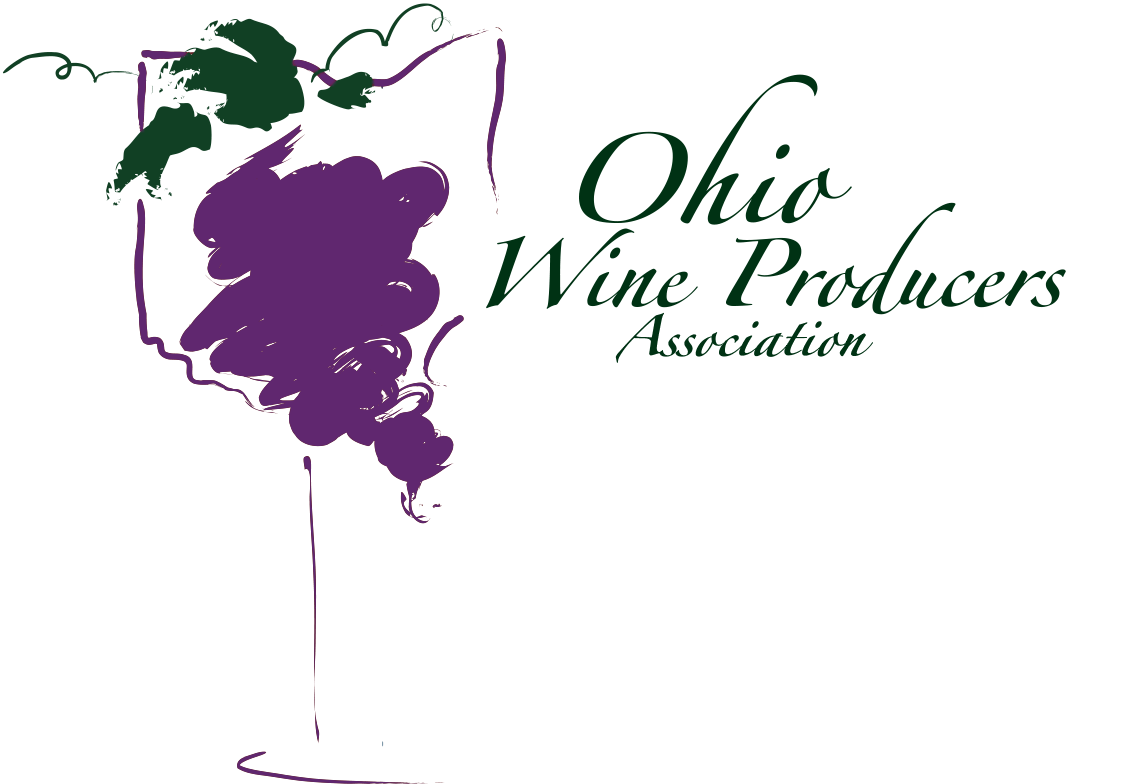Attention Wine Geeks!
Attention wine geeks…
If you ever want to sound like a real wine expert around some intimidated newbies, throwing around a couple of terms may confound them and make you sound pretty knowledgeable if you are there to impress. However, you need to be careful because a little knowledge can be dangerous and perhaps even trap you into a conversation with a real wine expert and thus find yourself exposed for as a “connoisseur wannabee” who is over his or her head. Or, at another time, you may be quietly listening to a deep wine-snob conversation and want to feel a little less out of your element. So, just in case, here are a couple of somewhat nerdy terms that might help you be more comfortable even if you find yourself in the company of some geeky wine folks.
Malolactic fermentation: Simply, this is a process where the winemaker adds a specific bacterium strain to a vat or barrel of wine to take down some of the harshest acids, especially in many reds. The naturally occurring malic acid [think green apples] is converted to malic acid [think a glass of milk] and contributes to the wine’s complexity. Because of this process, the wine will also show a subtle butter, creamy finish, more complexity, and round out the tartest of the fruity flavors. Winemakers describe the result as a “softer, smoother wine with increased mouth feel.” It sometimes strips a bit of aroma, hence why some Cabs are less aromatic than Rieslings which are not subjected to ML. ML also provides some additional stability once the wine is bottled by preventing any unplanned, in-bottle refermentation which would make the wine cloudy and sometimes even spritzy.
ML is most often used in red wine production or in regions where the climate is cooler since those grapes tend to carry more natural acids than grapes in very warm regions. Chardonnay and Viognier, both cool-climate whites, are likely candidates for ML too. Think of the last glass of lovely Chardonnay you sipped and understand why a soft, buttery finish was likely present, especially if it was an oak-aged Chard. ML does not work with varieties like Riesling or Gewürztraminer because the winemaker most often finishes them with a bit of sweetness.
Carbonic Maceration: This is a winemaking technique used primarily with low-tannin, fruit-forward grapes to create fruitier, softer, and very light, fresh reds. The normal process in the fall is when grapes come into the winery, they are de-stemmed, crushed, and fermented in tanks with the skins broken. The slurry is then pumped and sent to the presses for juice extraction before the liquid heads to tanks or barrels to begin the fermentation process via yeast action.
In the CM method, full bunches are dumped into closed tanks into which carbon dioxide is pumped. Then yeast is added before the tank is sealed. The fermentation takes place within each berry, the resulting wines are exceptionally fruity with softer tannins than those put through the traditional fermentation routines. CM also allows palatable wines to be released much earlier than those produced in the “regular” processes too.
Every mid-November, the French celebrate the release of the first wines from that year’s harvest called Beaujolais nouveau. The six or seven-week release for these celebratory wines is possible because of CM.
Other varieties that often use CM typically have lighter colored pigmentation so varieties Cabernet Franc, Pinot Noir, Malbec, and in California, Zinfandel are most frequently used.
Enough of the geeky stuff – next week, a little less obtuse.
For additional information: dwinchell@OhioWines.org
